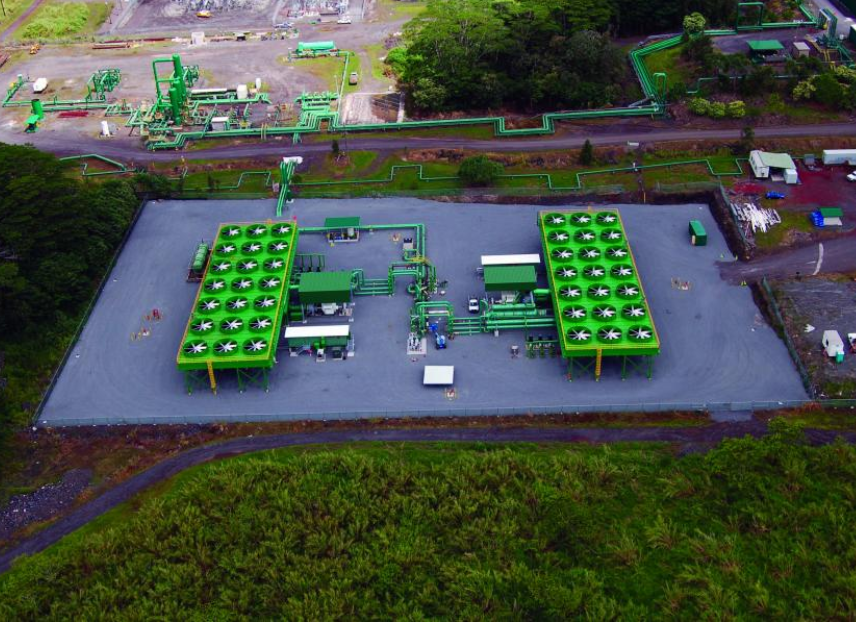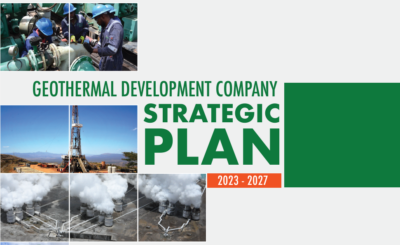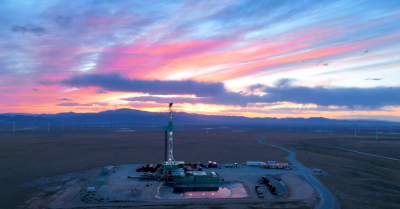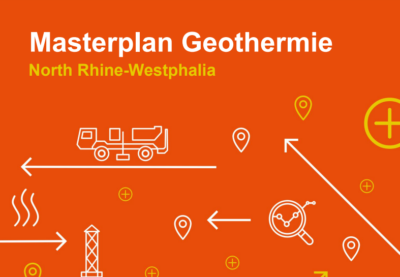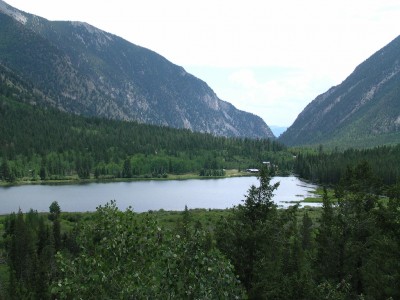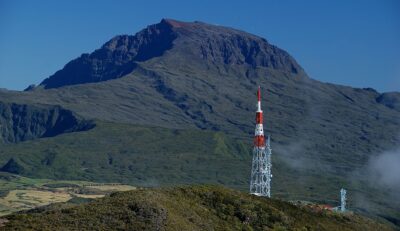U.S. Funding Opportunity: Geothermal forward osmosis & dispatchable operations
The U.S. Department of Energy under its Small Business Innovation Research (SBIR) and Small Business Technology Transfer (STTR) Program, has released two funding opportunities. One is related to innovative thermally-driven forward osmosis process, the other one on dispatchable geothermal operations.
The Office of Energy Efficiency and Renewable Energy’s Geothermal Technologies Office (GTO) (www1.eere.energy.gov/geothermal/) works in partnership with industry, academia, and DOE’s National Laboratories to improve the competitiveness of geothermal power as a baseload, dispatchable, domestic energy supply.
Under its Small Business Innovation Research (SBIR) and Small Business Technology Transfer (STTR) Program, the DOE has released funding opportunities for various topics, among them on geothermal energy applications. The maximum Phase I Award amount is $150,000, while the maximum Phase II award amount is $1,000,000.
One of the areas GTO is interested in is the direct use applications of geothermal heat such as district heating and cooling, residential and commercial applications, industrial processes, and agricultural uses. Since lower temperature heat sources generate electricity less efficiently, direct use applications are an attractive alternative for low temperature geothermal resources (<90 °C). These resources can come from lower temperature geothermal reservoirs or from cascaded applications from higher temperature geothermal resources. One such direct use application is to use the heat from a geothermal resource to treat water through an innovative thermally-driven forward osmosis process.
Geothermal energy has the benefit of being a reliable “always-on” electricity source. To become more valuable as the amount of intermittent electricity sources and demand response increases throughout the nation, the geothermal industry is exploring the possibility of providing electricity on demand. Turning baseload geothermal generation into a dispatchable electricity source would come at the cost of curtailment and possible adverse long term effects on the geothermal reservoir, but the benefit of providing the ancillary services to the grid may outweigh these costs. There is a current example of flexible geothermal operation at the Puna Geothermal Venture in Hawaii; however, there remains open questions on the lifecycle costs of flexible geothermal operation.
Grant applications are sought in the following subtopics:
Technology Transfer Opportunity: low enthalpy geothermal forward osmosis
The Geothermal Technologies Office seeks to partner with a small business to commercialize a novel Forward Osmosis (FO) process driven by low-enthalpy geothermal heat. In contrast to Reverse Osmosis (RO), which utilizes mechanical energy to create a pressure gradient across a membrane to purify water, FO can be achieved by utilizing a draw solution to create an osmotic pressure gradient across the membrane to treat the water. Historically, FO systems have had limited utility because draw solutes have been difficult to separate from the treated water. Researchers at Idaho National Laboratory (INL) have developed a system for implementing FO using a switchable-polarity solvent (SPS) draw solution that can be easily extracted from the treated water stream and reused.
Dispatchable Geothermal Operations
The Geothermal Technologies Office solicits innovations that will enable geothermal energy to be more widely deployed as a dispatchable electricity source. These innovations can be in developing new hardware solutions, new systems of existing technologies, or new control algorithms and/or processes. Some potential areas of interest include: offsetting parasitic loads from normal plant operations during curtailment, improving lifetime reservoir performance, and integrating novel storage technology. The innovation could also take the form of developing an analysis tool that provides a valuation of operating current geothermal power plants in a flexible mode; however, any application proposing such an analysis tool must clearly show the ability to monetize their innovation in the commercialization plan.
Details can be found via the linked document (pdf) below on page 51 and following.
Source: Department of Energy (U.S.)
